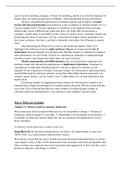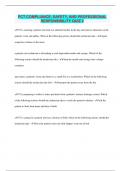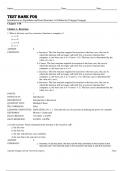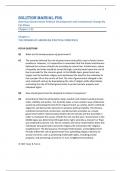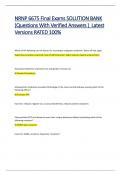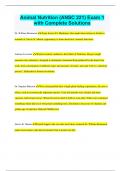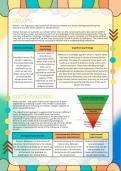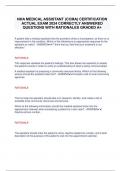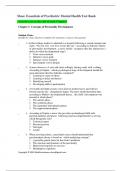Samenvatting
Summary of Chapter 11 of Consumer Behaviour - Isabelle Szmigin & Maria Piacentini (2018): Where are we going?
- Instelling
- Erasmus Universiteit Rotterdam (EUR)
- Boek
- Consumer Behaviour
Summary of Chapter 11 of Consumer Behaviour - Isabelle Szmigin & Maria Piacentini (2018): Where are we going?
[Meer zien]
